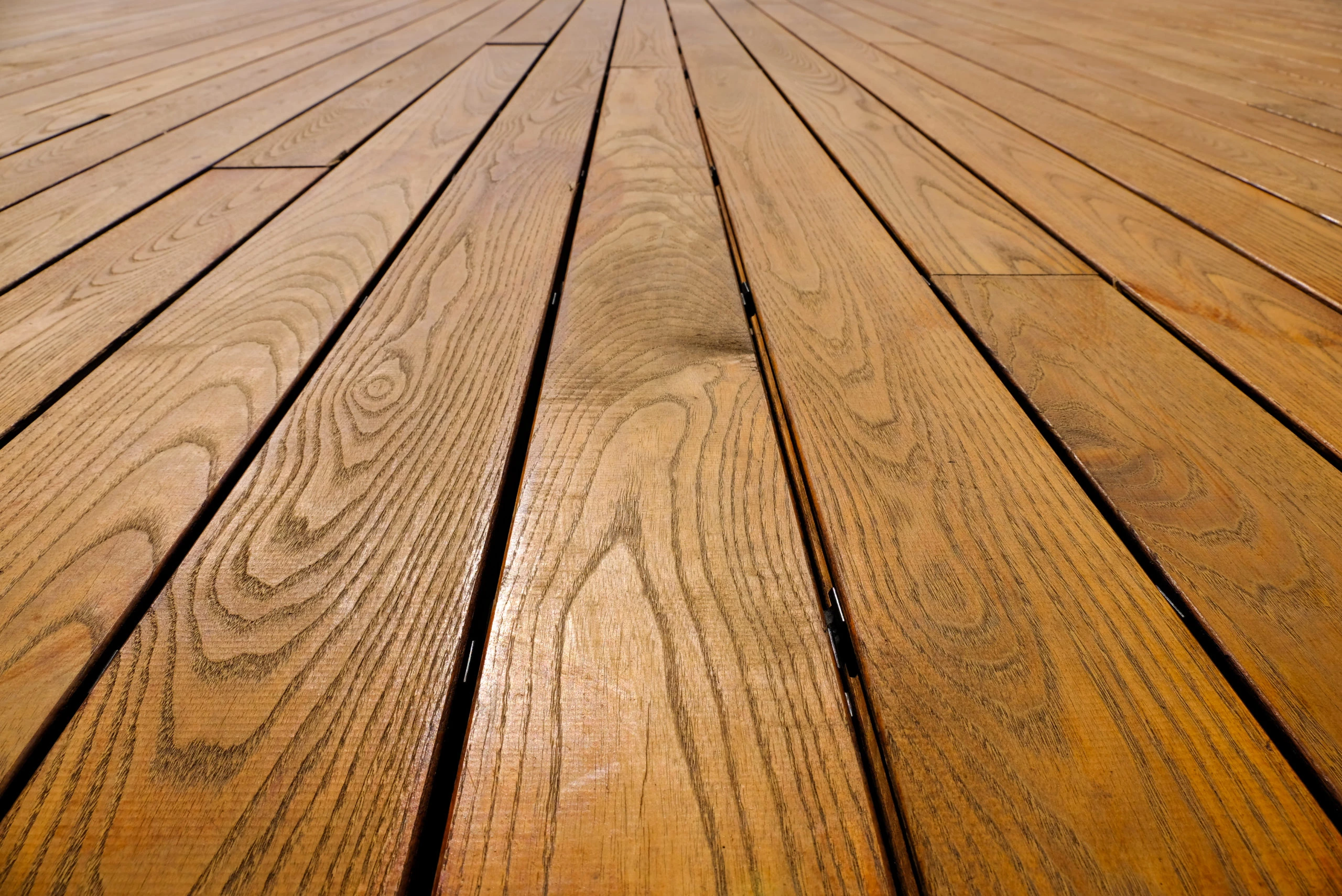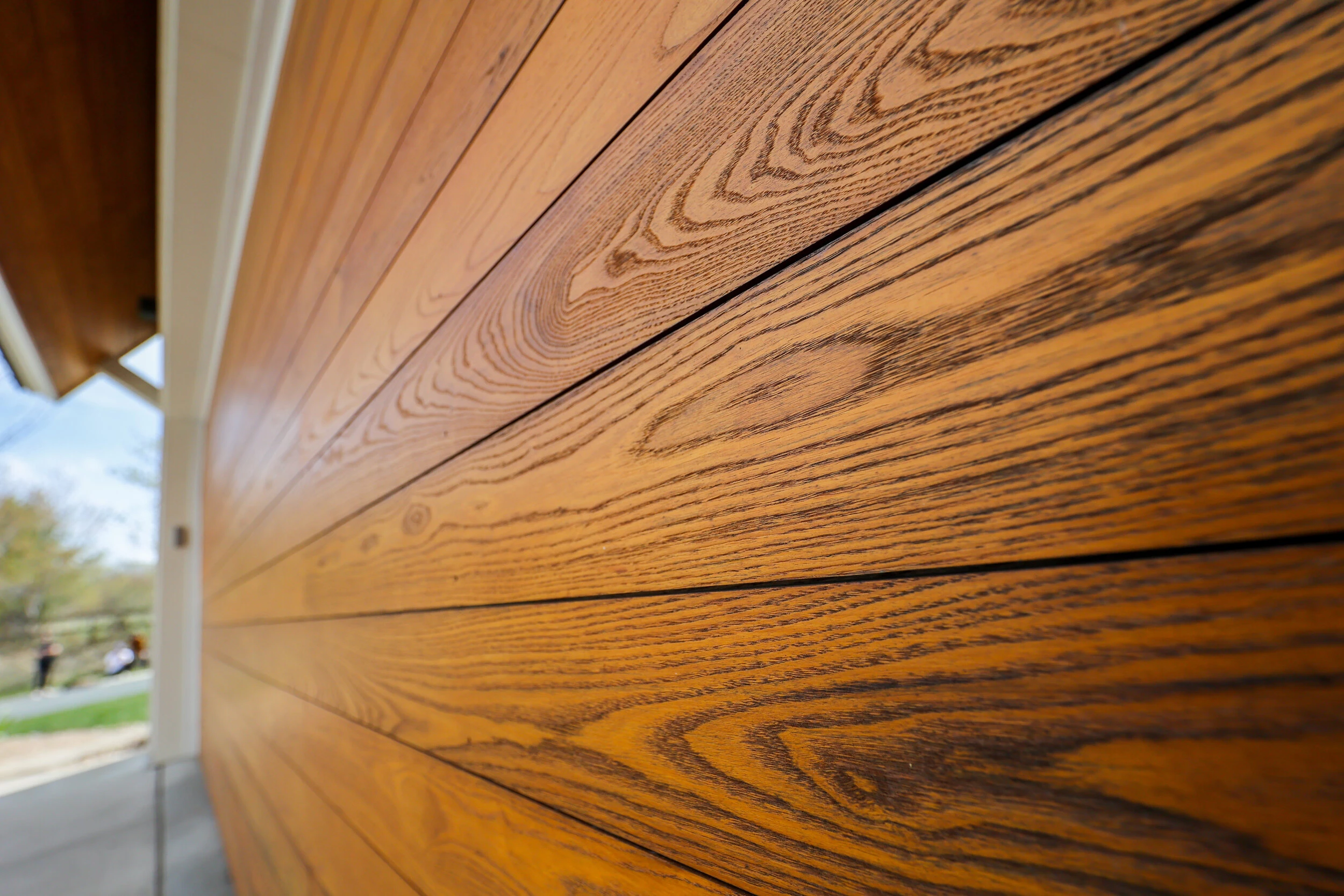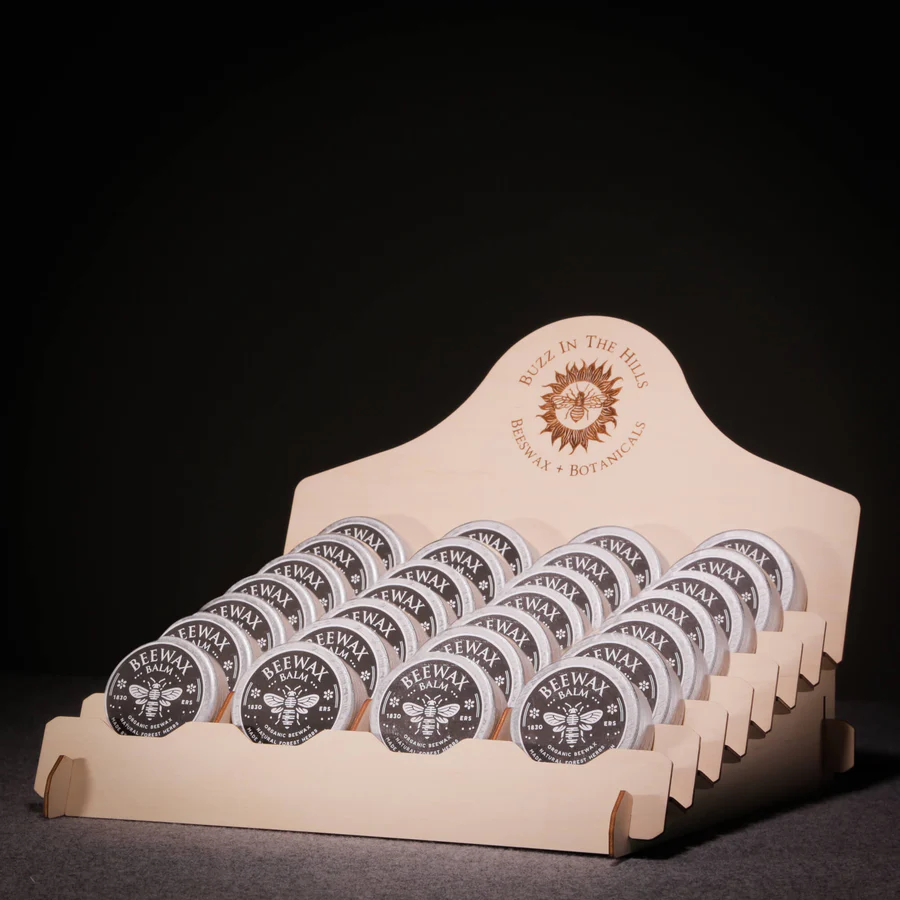What is Thermally Modified Wood?
Thermally modified wood https://lumberpoint.com/prodtag/thermo-modified-wood/, commonly known as thermowood, is natural wood treated through a high-temperature process in a controlled environment. This process enhances the wood’s durability, stability, and resistance to decay while retaining its natural beauty and eco-friendly properties. Thermo-modified wood has become a popular choice for decking, cladding, and other applications due to its improved performance and sustainability.
Features of Thermo-Modified Wood
Enhanced Durability
The heat treatment process alters the chemical structure of the wood, making it highly resistant to decay, fungi, and insects. This ensures a longer lifespan compared to untreated wood.
Dimensional Stability
Thermowood is less prone to warping, swelling, or shrinking. Its reduced moisture content ensures stability even in extreme weather conditions.
Sustainability
Unlike chemically treated wood, thermo-modified wood relies on natural processes without harmful additives. This makes it an eco-friendly choice for environmentally conscious projects.
Aesthetic Appeal
The thermal modification process enhances the wood’s natural grain, giving it a rich, uniform color. This makes thermowood ideal for both traditional and modern designs.

Low Maintenance
Thermo-modified wood requires minimal maintenance compared to untreated or chemically treated alternatives. Its resistance to weathering means fewer treatments over its lifetime.
Comparing Thermowood to Other Wood Decking Options
Durability
Traditional wood decking, such as pine or cedar, often requires chemical treatments to enhance durability. In contrast, thermally modified wood achieves superior durability naturally, without the need for preservatives.
Environmental Impact
Pressure-treated wood contains chemicals that can leach into the environment over time. Thermowood, on the other hand, uses only heat and steam, making it a sustainable and non-toxic alternative.
Cost
Thermo-modified wood may have a higher upfront cost than untreated wood or pressure-treated options. However, its long lifespan and low maintenance requirements often result in better value over time.
Aesthetics
While traditional woods like teak or mahogany offer natural beauty, thermowood provides a similar appearance with added benefits like uniform color and enhanced grain visibility.
Maintenance
Untreated wood needs frequent sealing and staining to prevent weather damage. Thermo-modified wood requires significantly less upkeep, thanks to its inherent resistance to environmental factors.
Applications of Thermally Modified Wood
-
Decking
Thermowood is a top choice for outdoor decking due to its resistance to rot, insects, and weather damage.
-
Cladding
Its stability and aesthetic appeal make it perfect for exterior cladding, ensuring long-term performance and beauty.
-
Saunas
Thermo-modified wood’s ability to withstand high heat and moisture makes it ideal for sauna interiors.
-
Furniture
Durable and visually appealing, thermowood is increasingly used for both indoor and outdoor furniture.
-
Interior Design
Its rich color and grain patterns enhance the aesthetics of flooring, wall paneling, and other interior applications.
Why Choose Thermowood?
Thermally modified wood offers a unique combination of beauty, performance, and sustainability. Its enhanced durability and low environmental impact make it a preferred choice for those seeking high-quality, long-lasting, and eco-friendly materials for their projects. Whether used for decking, cladding, or interior design, thermowood ensures unmatched reliability and visual appeal.






